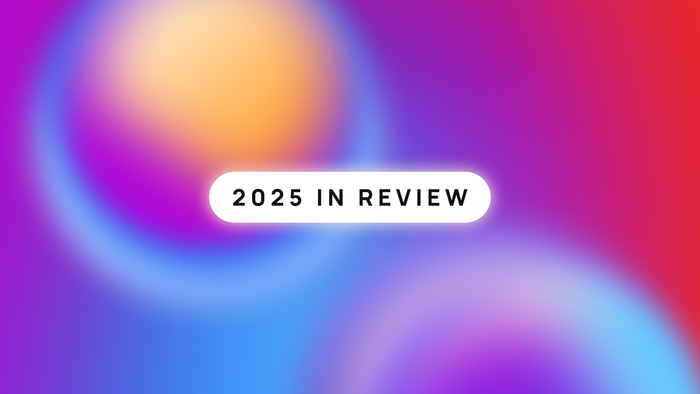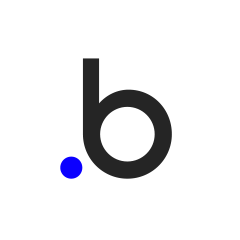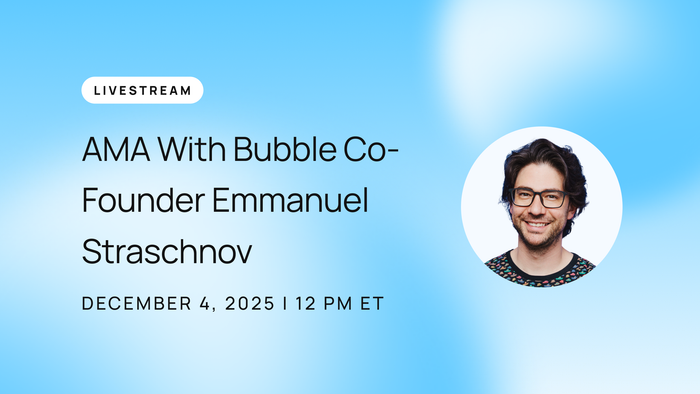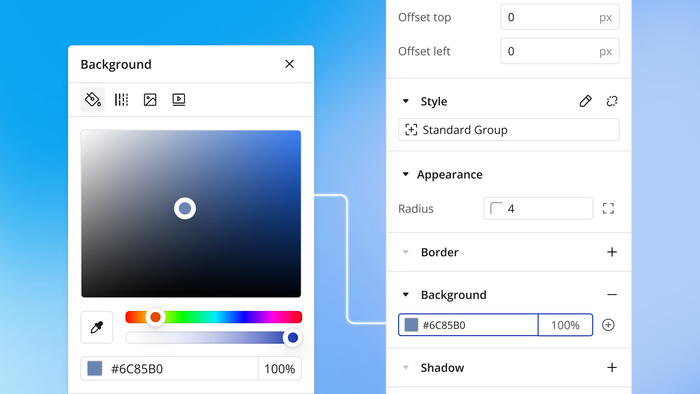Kollecto is a web app that helps people become art collectors.
As a young art collector myself, I was inspired to build Kollecto through a personal frustration. I go to Spotify when I want recommendations for music, Netflix for movies, TrunkClub for fashion, Amazon for books, etc. But when I started Kollecto, there was no place to get recommendations on cool visual art for my walls.
I figured there must be other people like me, who were interested in collecting art, but didn’t want to comb through hundreds of galleries and exhibits. So I built an app to give people affordable access to their own personal art buyer.
And I did it all without writing any code. Instead, I build on Bubble.
Before Bubble
In the very early stages of building Kollecto, I was already stringing together various tools to build an MVP without needing to hire engineers. I had the idea for Kollecto floating around in my head, when I came across a side project bootcamp program called Orbital. At the time I was still working at Microsoft as a Product Marketing Manager, but missed the grind of startup life, having worked at Foursquare, and felt this was my chance to get something of my own off the ground.
Reasons I Decided to Build Without Code
COST: Building without code helped me operate a business at a really low cost. For the first 6 months, our operational costs were under $600/mo.
TECHNICAL DEBT: My friend Brennan speaks the truth when he says, “Hell is building fancy stuff that nobody uses.” Building without code spared us the technical debt of writing code for features that our users may not actually want.
MANAGING DEVS: As a non-technical founder of an early-stage project, I had a unique dilemma: it would be extremely hard to manage devs… like really, I would have no idea whether they’re doing a good job or not. I’ve talked to a lot of non-technical founders who have the same problem. For me, building without code was the solution.
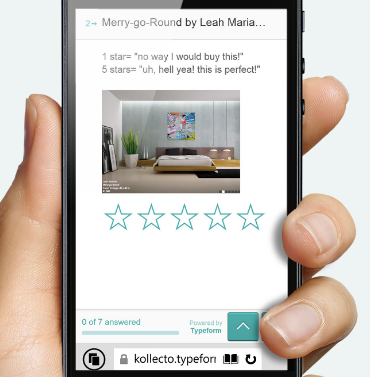
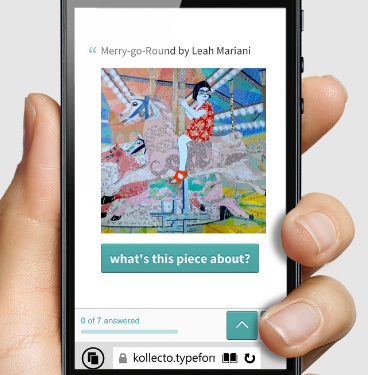
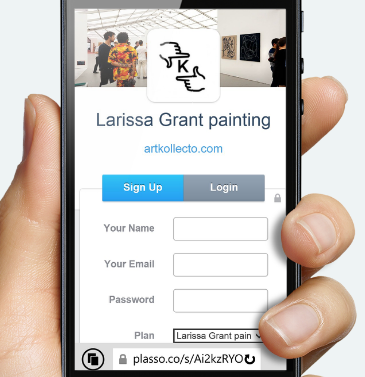
In the beginning, I used Strikingly to build the website; Typeform to build taste profiles for users; Email to allow advisors to communicate with clients; and Plasso, Stripe, and Paypal as the payment solutions. While this was a lot of work, it was certainly less work than managing a dev team (and much less expensive). And spending 0% of my time on worrying about the code and 100% of it learning what my customers wanted and iterating on that feedback was extremely valuable.
Iterate, Iterate, Iterate
I’m a firm believer in releasing MVPs and iterating quickly, before devoting a ton of resources to a direction you’re not sure will stick. I was able to find out pretty quickly that Kollecto was something that not only my customers wanted, but that art advisors and galleries wanted too.
By the time Kollecto was accepted into the 500 Startups Accelerator, we already had over 400 active users and around $30k in art sales. I continued to refine the code-free tools we leveraged, adding Zapier, Google Spreadsheets, and SurveyGizmo.



But not all of the lessons learned were rosy.
Stringing together a bunch of tools had worked well to this point, but once we hit ~1500 monthly active users things began to fall apart.
The main issue was relying on human labor. Each time a new user signed up, an Art Advisor would have to manually find art for them. Then a virtual assistant would upload hundreds of art recommendations into our survey-based app. The process moved quickly when we had several hundreds users, but it was impossible to manage for thousands at once.
At the most hectic moment, I remember starting to feel embarrassed of the product. There was a period where users had to wait 3 weeks for their first art recommendations.
We had outgrown our ‘product’ and something had to give.
Transitioning To Bubble
About mid-way through the 500 Startups program, I came across Bubble on Product Hunt (sidenote: they were recently featured again and crushed it!). I was immediately interested and was able to build the new app, using Bubble, in just a few weeks. I was also lucky to stumble upon AirDev, an agency that builds apps for people using Bubble, and they helped me construct my art-matching algorithm.
By the time I finished with 500 startups, I had a fully functioning app on Bubble! Now, instead of managing handfuls of tools — from website builders to form generators — everything I needed to manage was on one platform. We still used Art Advisors to categorize art using our internal taxonomy. But the crux of Kollecto’s functionality and ability to scale now rested on the art-matching algorithm; something that, before Bubble, was impossible to integrate without code.
My advice to non-technical founders, or designers who are looking to quickly wireframe their ideas, or even coders who want to more quickly release an MVP before committing to a direction: try Bubble. The power you can harness and the flexibility that it offers is unmatched.
Reach out to me on Twitter. And read more on my blog, building Kollecto.
Build for as long as you want on the Free plan. Only upgrade when you're ready to launch.
Join Bubble

